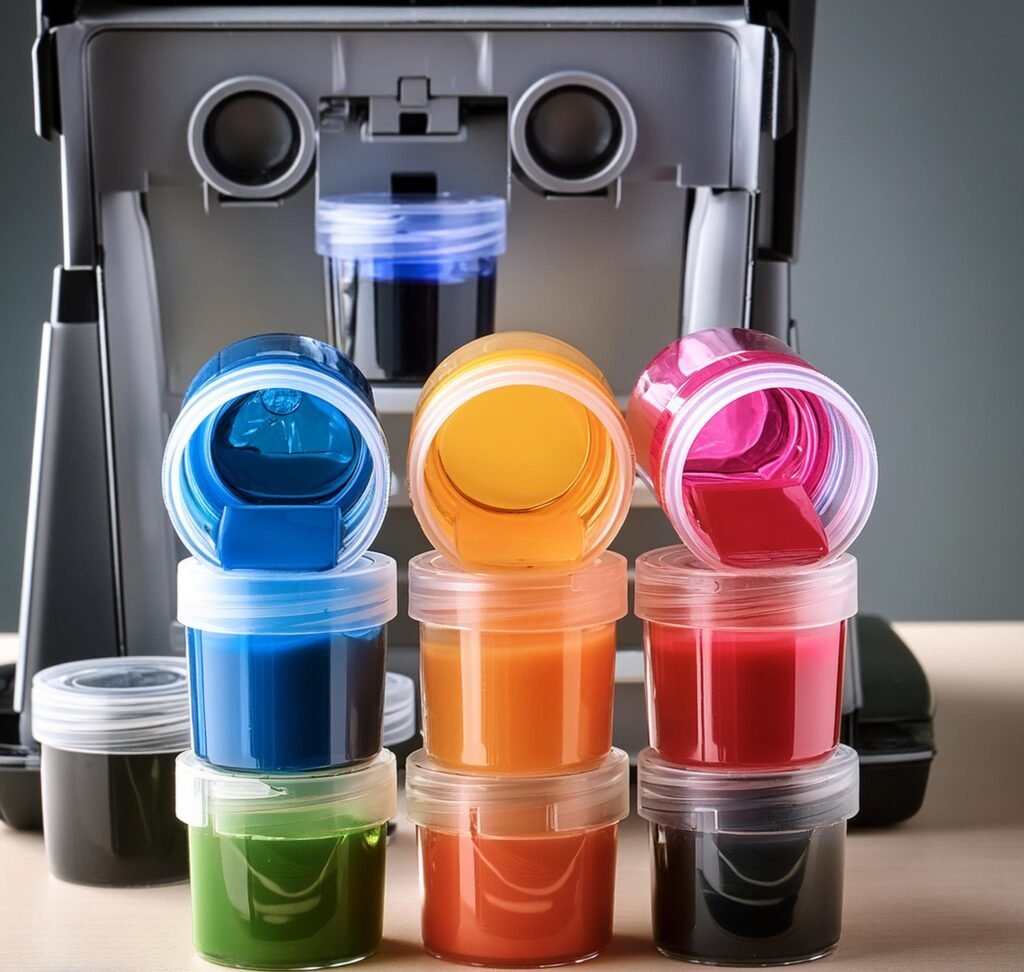The Essentials of Printer Ink: Understanding Composition and Components

INTRODUCTION
WELCOME TO RUNZOER INDIA, where we delve into the fascinating world of printer ink. In this comprehensive guide, we will explore the essentials of printer ink composition and components, providing you with a deeper understanding of this vital element in the printing process. Whether you’re a consummate professional or a curious beginner, this article is designed to equip you with the knowledge you need to make informed decisions when it comes to printer ink. Join us as we unravel the intricacies of printer ink, uncover its key components, and discover how it all comes together to produce those vibrant prints that grace our documents and photographs. Let’s dive in and unlock the secrets of printer ink together.
The Evolution of Printer Ink and its Key Components
In this era of digitalization, one might question the relevance of ink, but its significance becomes unmistakable when we run out of it or face obstacles in completing essential tasks. While ink is typically associated with its potential to stain clothing, its evolution and diverse applications often go unnoticed. Printer ink, in particular, has undergone significant transformations in its composition and usage over time.
The history of ink dates back approximately 4500 years, when the Egyptians and Chinese developed the earliest form of writing ink. These ancient inks were crafted from natural materials like vegetable and fruit juices, animal glue, soot from pine trees, shellfish blood, burnt bones, pitch, tar, and secretions from octopi, cuttlefish, and squid. As technology advanced, modern printer inks evolved to incorporate a blend of solvents, colorants, resins, varnishes, and additives.
Unveiling the Composition of Printer Ink
Printer ink formulations vary based on specific requirements, the manufacturing company (such as HP, Epson, or Canon), the printing surface, and the printing method employed. Colored dyes or compounds like peacock blue, yellow lake, diarylide orange, and phthalocyanine green are combined with a liquid base, typically comprising oil derived from sources like linseed, soybean, or petroleum distillate.
Basic black ink is created by mixing carbon black and varnish with additional substances like resins, solvents, and binding agents that enhance gloss and protect printed material from wear and tear. White pigments such as titanium dioxide are added for color adjustment, while a multitude of other additives like dispersants, humectants, defoamers, biocides, and bacteriostats are incorporated to refine various properties of the ink.
Understanding the Key Components of Printer Ink
• Dispersants
Stabilize pigment particles, facilitating smooth ink flow during printing by reducing the energy required for grinding.
• Pigments
Serve as the primary coloring agents in ink, blending with varnish to ensure even distribution of color.
• Resins
Act as binders, unifying ink ingredients and anchoring the ink to the printed surface based on specific quality and adhesion requirements.
• Varnish
Serves as the foundation of printer ink, comprising a combination of oils, resins, solvents, and other materials.
In addition to these components, other additives play crucial roles in enhancing ink functionality, including humectants to extend ink longevity, defoamers to eliminate air bubbles, wetting agents to control surface properties, and pH modifiers to dissolve certain resin binders. Furthermore, biocides, bacteriostats, opacifiers, extenders, lubricants, surfactants, and drying agents are incorporated to improve various aspects of ink performance.
Given the chemical complexity and semi-liquid nature of ink, it is essential for certain types to possess resistance to heat and water. Specialized ingredients like blown castor oil are utilized to provide these properties, stabilizing ink emulsions and reducing water absorption while maintaining viscosity through oxidative polymerization.
Decoding Ink Diversity
Today, a wide array of printing inks are available, including solvent-based, water-based, digital, and UV inks. While their essential ingredients are similar, variations exist in the raw materials and their quantities, tailored to specific printing methods. To ensure optimal outcomes, it is crucial to select the ink that aligns with the intended application.
Throughout various industries, businesses rely on our castor oil products at RUNZOER INDIA due to our commitment to delivering pure, authentic solutions. Renowned as the top castor oil manufacturers in India, we take pride in offering unrivaled quality that speaks for itself.
